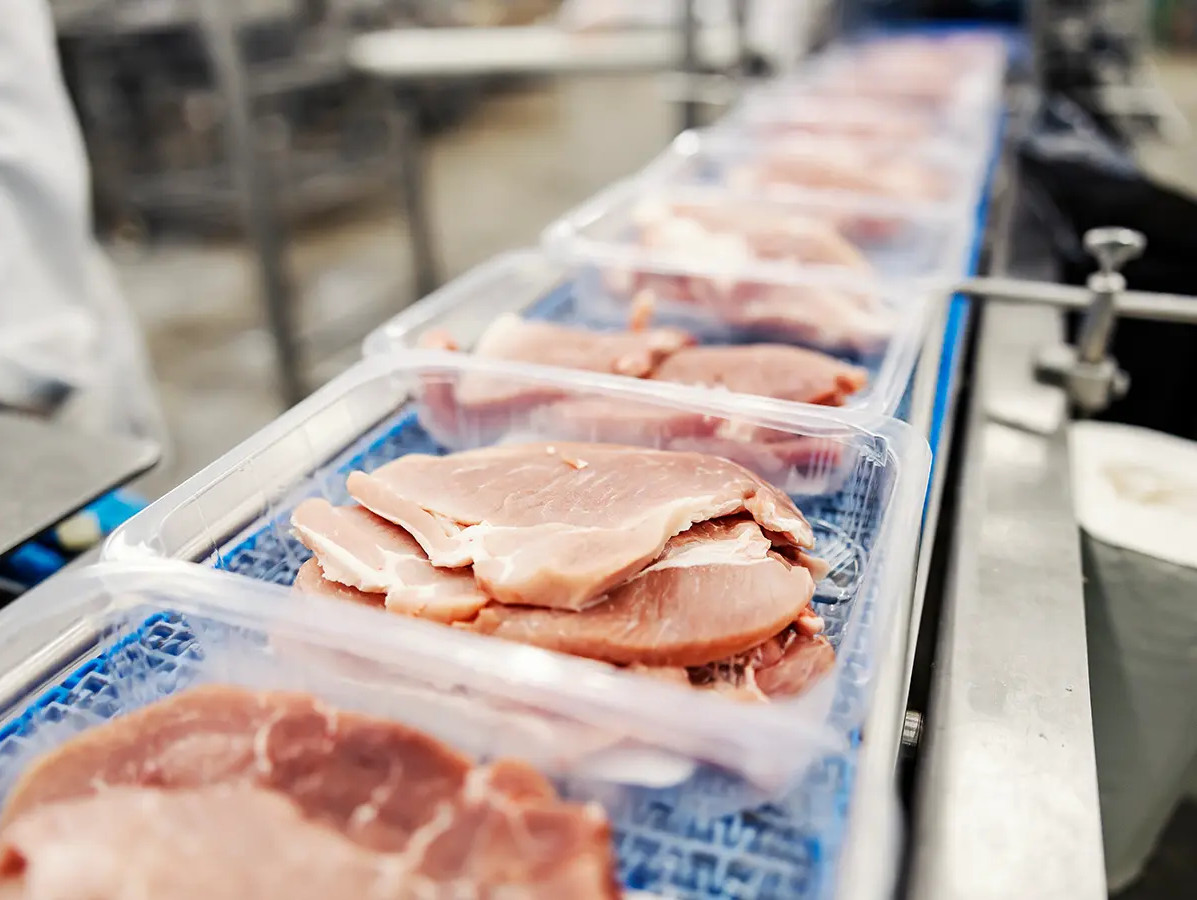
The food industry expects a production growth of 1% in 2025, according to Thijs Geijer, Food & Agri economist at ING. Consumer purchasing power is recovering, which supports the demand for food products. At the same time, the shrinking livestock population is putting pressure on production volumes at dairy processors and slaughterhouses.
Meat and dairy processing together account for about one-third of the total production value of the food industry. The phased reduction of the livestock population, partly due to buyout schemes, is leading to a decrease in the domestic supply of raw materials like milk, pigs, and cattle. In the dairy sector, a reduction of 100,000 cows is expected, representing over 6% of the total herd. Although this does not always immediately result in lower milk supply, a decline of several percent in 2025 seems likely due to the closure of high-production farms. The meat sector is also expected to see a significant 10-15% drop in the pig supply, which will result in lower production volumes at slaughterhouses.
The major wave of price increases in the food industry has subsided. The number of producers considering further price hikes is now in line with the long-term average. However, global market prices for wheat, coffee, and cocoa remain volatile. A reduced milk supply is supporting milk prices in the Netherlands, though this effect is partly offset by growing milk production elsewhere in Europe.
A recent CBS survey shows that nearly 60% of food and beverage producers face obstacles in filling vacancies. For a quarter of these companies, labour shortages are the primary concern, driven by a lack of suitable candidates and people with the right qualifications. Rising labour costs are making investments in automation and robotics more appealing. Currently, over 4,700 robots are being used in the Dutch food industry, making the sector a European leader, according to ING.
Source: ING